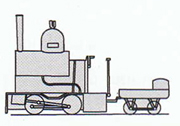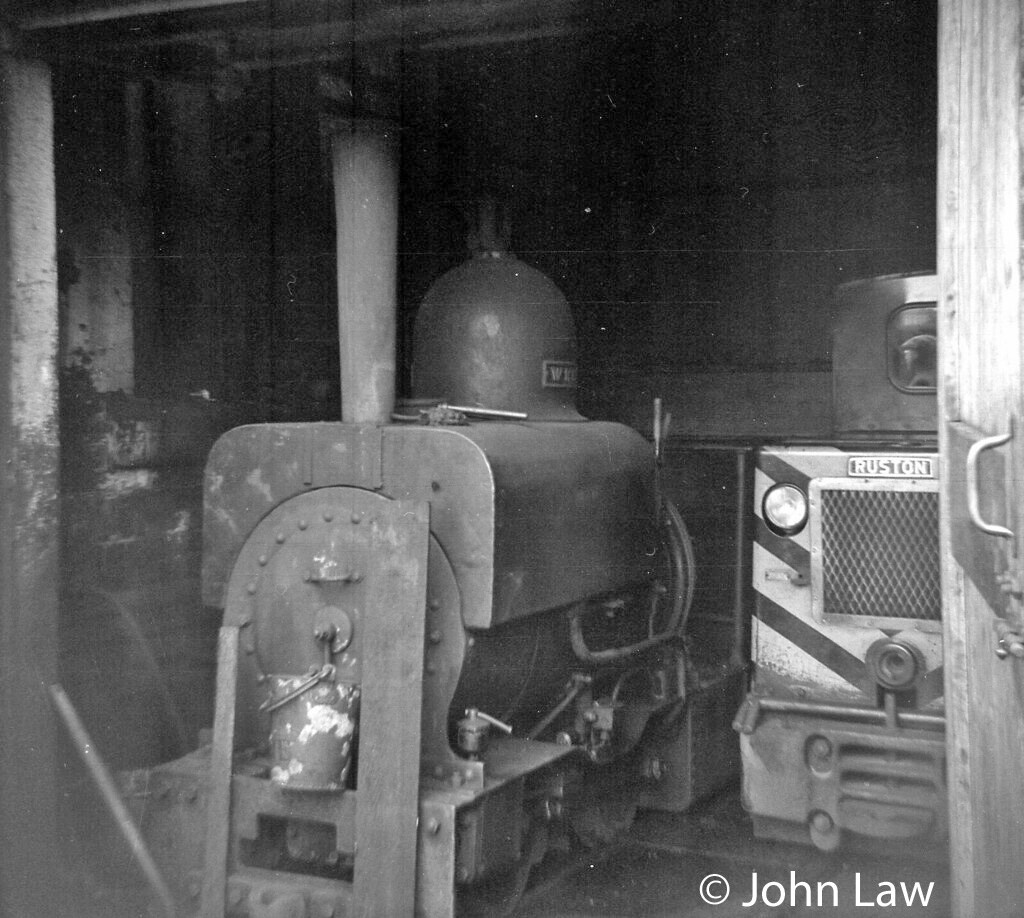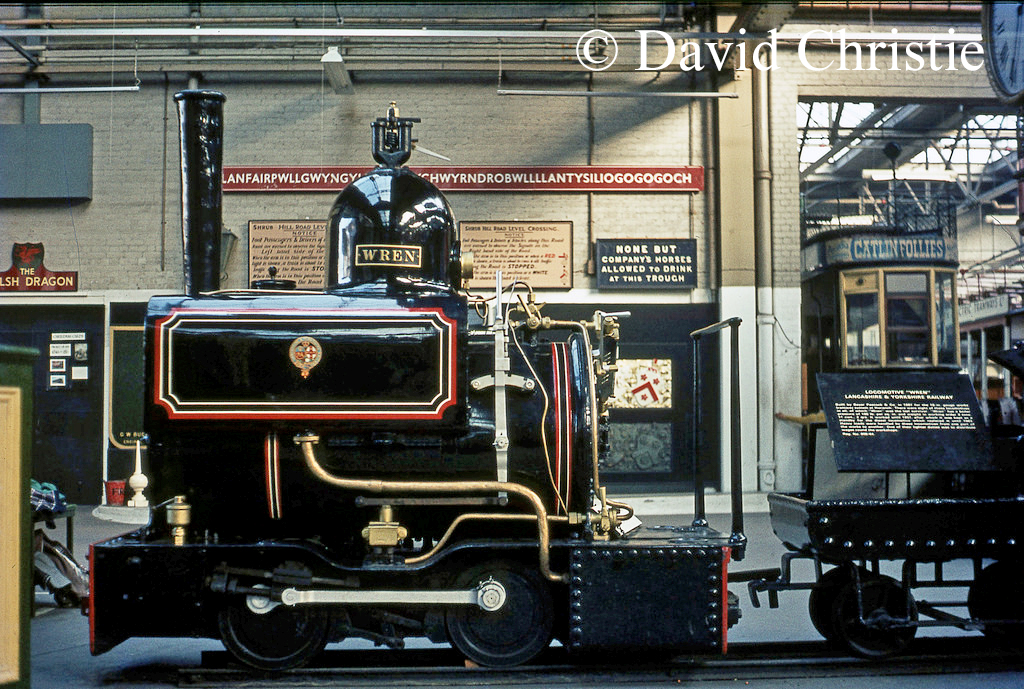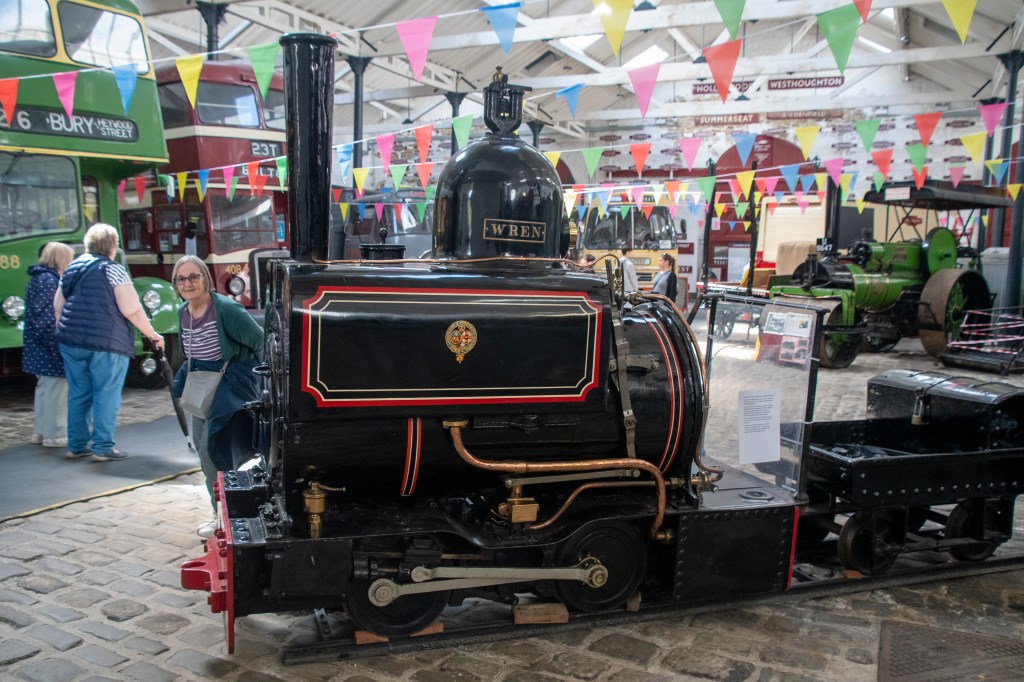
| Power Classification | Unclassified |
| Introduced | 1887 – 1901 |
| Designer | Beyer Peacock |
| Company | LYR |
| Weight – Loco | 3t 11½cwt |
| Driving Wheels | 1ft 4¼ins |
| Boiler Pressure | 180psi |
| Cylinders | Outside – 5in x 6in |
| Tractive Effort | 1,410lbf |
| Valve Gear | Allan |
Horwich Works was the last major British railway works to be established on a green field site. There were traditionally very strong links between the Lancashire & Yorkshire and London & North Western railways, and John Ramsbottom, late of the LNWR was in 1883 appointed consultant to the LYR regarding the planning of Horwich Works. He advocated an 18in gauge internal transport system similar to that he had earlier installed at Crewe. Originally extending to 7½ miles, this enjoyed a longer life as the last surviving locomotive built for it, Wren, was not officially withdrawn from service until October 1963. It was actually taken out of service by September 1961 and put on static display inside the works.
The railway system at Horwich Works was used to move components around the works and Wren was fitted with a strongbox on the tender for distributing wage packets.
The eight engines were built in 1887-1901 and they were all named. The first two were bought from Beyer Peacock in 1887 and six more were acquired in over the period until 1901. Of these later six the first one was bought from Beyer peacock whilst the rest were built at Horwich.
The first was withdrawn in 1930, and Wren was the only survivor in 1948 working on the truncated remains of the system.
Wren is one of the locomotives built by Beyer Peacock in 1887 and cost £268 to build.
As of September 2020 negotiation were being held between the National Railway Museum and Bolton Council and Bolton Museum Services. The aim is to display Wren and 50621 at Horwich.
| Home Base | Current Status | Owner |
| National Railway Museum – York | Static display | National Railway Museum
NRM Object Number{1975-7019} |






